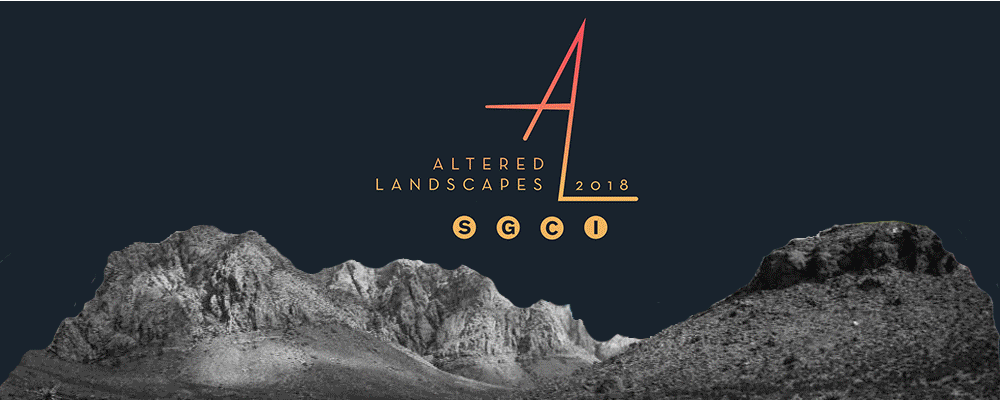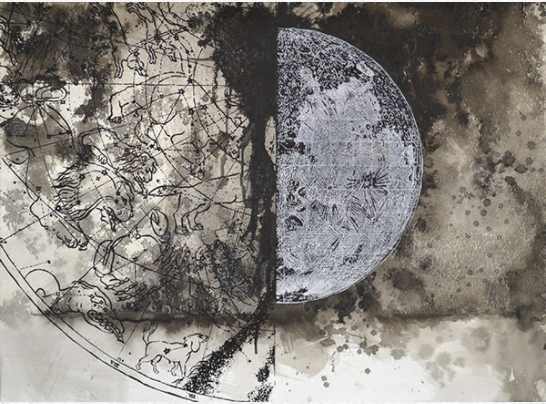FROM THE DANCE HALL TO
THE PRESS: CONTEMPORARY WESTERN WOMEN
Organizer: Kathryn Maxwell
Participants:
Jill Anniemargaret, Judith Baumann, Catherine Chauvin, Heather Green, Stephanie Dykes, Candace Garlock, Jean Gumpper, Amanda Knowles, Eukang Koh, Kate Leonard, Charlene Liu, Kathryn Maxwell, Brooke Molla, Michelle Murillo, Sofia Paz, Roxanne Sexauer, Cerese Vaden, Frances Valesco, Sarah Whorf, Melanie Yazzie, Sarah Gjertson
ABSTRACT
The legend of the American West has all of the allure that
novels, selective histories, art, and eventually, Hollywood could provide.
Within this narrative, the West is filled with adventure, a land of opportunity
for all, rugged individualism, a place for reinvention, and a barren landscape
unlike anything in the East. The Turner or Frontier Thesis even stated that
major aspects of the “American identity” was formed through the settling of the
American frontier; the further west the community, the more American the people
were. This was the glamorous façade of the American West that still persists in
popular culture and the minds of many. However the reality was, and is,
different.
The myth of the West is dominated by white males of European
ancestry. The voices and experiences of native peoples, Mexicans, Chinese,
blacks, other minorities, or women were not included, except as minor
characters in the predominant myth. The degradation of the environment caused
through expansion, settlement, and exploitation was mostly overlooked within
the narrative. The reality of the West was always more nuanced than the myth.
In the myth, European women who moved to the frontier are portrayed as
dedicated wives and mothers or wanton dance hall girls and prostitutes.
Certainly, there were fair numbers of each of these groups but the reality was
many single white women homesteaded land on their own or moved West to teach.
Native women often lived in cultures in which their work was equally valued as
the men’s. Women were enfranchised in only 4 states in 1900—Wyoming, Utah,
Colorado, and Idaho. The voices of women and others, whose stories only
recently have begun to be heard, create a more realistic and
nuanced version of life in the western U.S. at that time.
The contemporary West is an equally complex concept composed of
diverse societies residing in diverse landscapes with varied priorities. It is
not monolithic, yet it does differ from the Midwest or East and at times, is still viewed through the lens of the myth. Focusing on the voices of women from
11 Western states*, the portfolio is meant to contribute to a vision of what
the contemporary West is through the eyes of women who live the experience everyday and a recognition of the continuing contribution
of women to our field and society.
*The states in the continental West, as defined by the U.S.
Census are Arizona, California, Colorado, Idaho, Montana, Nevada, New Mexico,
Oregon, Utah, Washington, and Wyoming.



